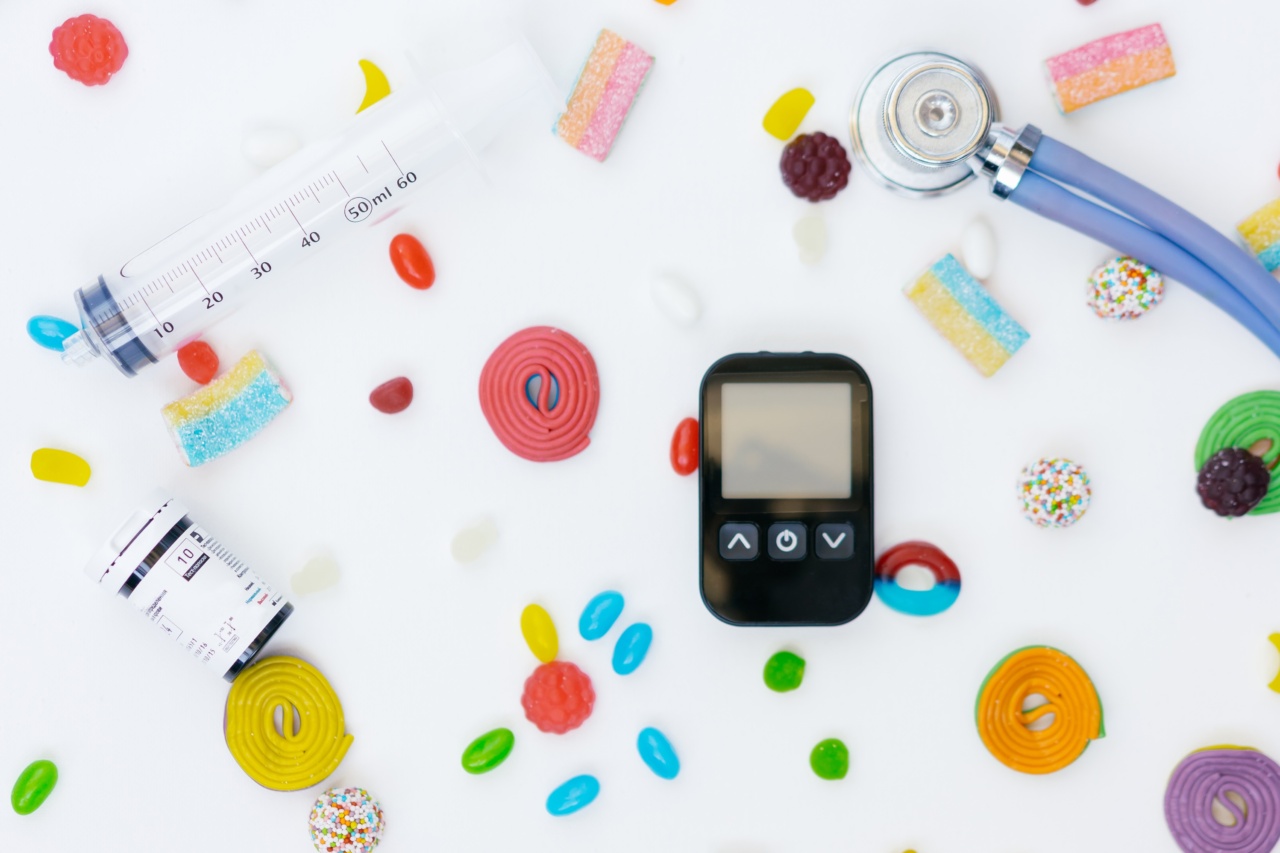Have you ever wondered why you crave chocolate cake or a bag of chips even when you are not hungry? The answer lies in the science behind addiction to fat and sugar.
What is Addiction?
Before delving into the science behind addiction to fat and sugar, let us first understand what addiction is:.
According to the American Psychiatric Association, addiction is a complex condition characterized by compulsive drug use, seeking and use that persists despite adverse consequences.
Addiction affects neurotransmission and brain circuits related to reward, stress, and self-control.
How Food Affects the Brain and Body
When we consume food, it is broken down into glucose, which is the primary source of fuel for our cells.
The glucose enters our bloodstream and travels to the brain, where it is converted into ATP (adenosine triphosphate), which is the energy currency of the body.
The Role of Dopamine
When we eat food that is high in fat and sugar, our brain releases a chemical called dopamine. This chemical is associated with pleasure, reward, and motivation.
Dopamine is released in the brain’s reward center, which comprises the ventral tegmental area (VTA) and the nucleus accumbens (NAc). When we consume food high in fat and sugar, these brain regions light up, triggering a pleasurable sensation.
Why We Crave Fat and Sugar?
Our brains are hardwired to crave high-energy foods, such as those high in fat and sugar. Our ancestors relied on these foods to survive, as they provided a quick source of energy when needed.
Nowadays, we no longer need to hunt or gather our food, and high-fat and high-sugar foods are readily available. However, our brain’s reward center continues to respond to these foods, leading to cravings and overconsumption.
The Role of Genetics
Studies have shown that genes play a role in our preference for high-fat and high-sugar foods.
For example, a study conducted by researchers at the University of Copenhagen found that participants’ preference for sugar correlated with variations in a gene called GLUT2, which is involved in glucose metabolism.
Another study published in the journal Appetite found that people who carry a variant of a gene called FTO, which is associated with a higher risk of obesity, are more likely to crave high-fat foods.
The Addictive Nature of Fat and Sugar
Research has shown that consuming high-fat and high-sugar foods can lead to addiction-like behavior.
A study published in the journal PLOS ONE found that rats fed a high-fat, high-sugar diet displayed behaviors consistent with addiction, such as increased consumption, withdrawal, and cravings.
A similar study conducted by researchers at the University of Bordeaux found that rats fed a high-fat, high-sugar diet showed signs of compulsive eating, with some rats continuing to eat even when they received an electric shock.
How to Break the Addiction
Breaking the addiction to fat and sugar can be challenging, but it is possible. Here are some tips:.
- Avoid trigger foods: Identify the foods that trigger your cravings and avoid them as much as possible.
- Eat a balanced diet: Focus on eating a balanced diet that includes whole grains, fruits, vegetables, lean protein, and healthy fats.
- Practice mindful eating: Pay attention to your body’s hunger and fullness cues and eat slowly and mindfully.
- Get support: Surround yourself with people who support your goals and offer encouragement and accountability.
The Bottom Line
The science behind addiction to fat and sugar is complex and involves a combination of genetics, brain chemistry, and learned behavior.
However, understanding how these factors contribute to addiction can help you make healthier choices and break the cycle of addiction.






























